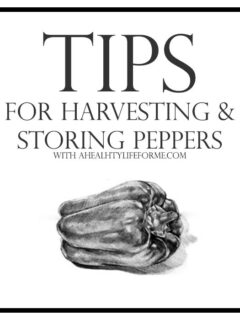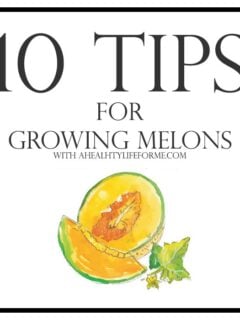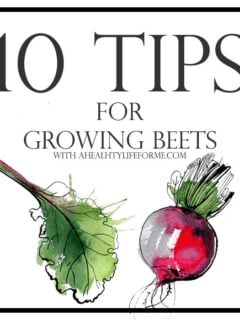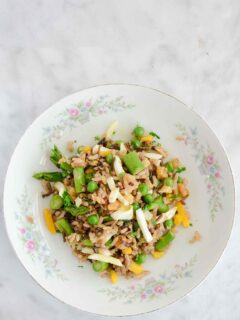I am not in any way shape or form a morning person. You can ask the people I live with, I don’t like to get up and I can be a bit grumpy in the morning, or so they say! Anyway since I ended up with all those darn roosters, I have to keep Foghorn Leghorn (our latest rooster) in his own coop at night and I need to let him out in the morning. I have been trying to make it out between 6:30 and 7:00 so he gets out before the other roosters. he-he-he-he (that was my evil laugh).
Anyway, I am grudgingly going to admit that I have started to enjoy my short morning walk in the morning. The sun has been rising a bit earlier each day and the sky is usually lit with a brilliant red glow. Not a bad way to start your day (even before you have your coffee). 🙂 Thursday morning there was a fog hanging over the ground adding an almost ethereal feeling. On top of the visual stimulant, was a heavenly sweet smell in the air. Probably made stronger from the heavy air from the fog. I knew at once it was the Black Locust trees that are blooming all over my yard. Because I was so grateful for the little five-minute piece of heaven that was given to me, I thought I would share it here with you.
On top of the lovely fragrance of the blossoms each spring, Bees are also drawn to the fragrance of the nectar-rich blossoms. An acre of honey locust is said to produce 800 to 1200 pounds of honey. Moreover, the black locust blooms late enough in spring that the blossoms are rarely damaged by frost; thus, black locust is a reliable annual source for bees. Even more, the reason to grow them!
I actually thought my trees were Black Walnuts because the first bee inspector I had named them that and informed me of their importance to sustaining bees in our area. When no nuts fell in the fall I figured out he was wrong. 🙂 They are quick-growing trees reaching up to 75′ tall. Sadly, I believe most of the mine are close to this height so I may be losing them in the near future, therefore I have decided to plant a few new in the fall.
Black Locust prefers soils that are rich, deep, moist, well-drained, and of variable pH, in full sun to partial sun. However, it is often found under poor soil conditions, especially soils that are thin and near limestone outcrops. It tolerates salts and other pollutants in its water, salt spray on its bare bark in winter (near roads), and air pollution. It can grow almost anywhere in zones 4 to 8, provided that it is not near wet soils or over shady conditions.
Now that you know all about the Black Locust and their magical fragrance, plant a few for your neighborhood bees. They will thank you for it!
Hope you have a really smelly (good smelly) day!












I agree. They are blooming all along the roadways, its quite stunning!
Mine is gorgeous this year! It almost looks like wisteria.